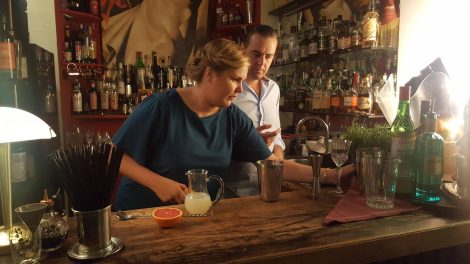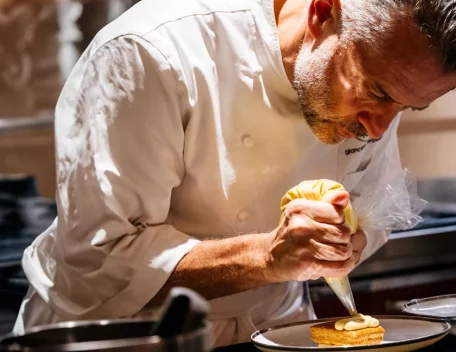One of the major enemies of wine is unsuspected. Yet, it has detrimental effects on our bottles, especially in the medium and long term. We're talking about our dear refrigerator, which, besides accommodating groceries, often hosts a couple of labels waiting for the right occasion. Which often takes a while to come. Wine, an absolutely vital element, despises high temperatures as well as excessively low ones. Above all, it dislikes environments with low humidity levels and rich in vibrations, like many refrigerators on the market.
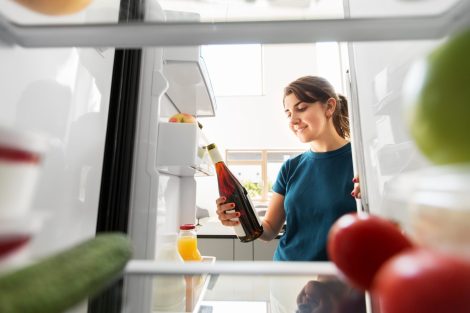
If the time interval does not exceed a couple of weeks, the effects are absolutely secondary, not laughable. But already after a month, it begins to make itself felt, imagine for those bottles of Dom Perignon that gather dust waiting for the right evening that takes its time to arrive. Just when things get interesting, we find ourselves uncorking a Champagne already well advanced in terms of evolution, if not oxidized. The decisive factor is the cork.
The refrigerator tends to significantly stiffen and dry out the cork, which loses elasticity, shrinks, and lets in more air than necessary. All this ends up accelerating the evolutionary path of our wines, which require a humidity of at least 80% for slow and gradual aging.
The acid test
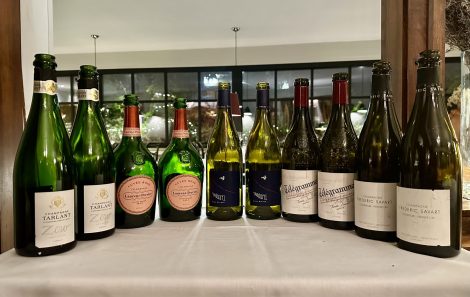
We bring you the experience of an evening in a well-known Roman restaurant. A table from another era, we taste five wines, yet on three of these, we have rather conflicting opinions from bottle to bottle. At the end of the dinner, we figure out why. We start with the Tarlant Zero Champagne, one of the best in its category for tension and flavor.
The first bottle is a golden yellow, with a rather clear pattern of white spices, the taste is progressive, well-defined but softer compared to our memories. The second bottle in the glass has decidedly more brilliant reflections, the taste is sharp, tense, with beautiful expansion. We all agree, another gear, yet the vintage indicated on the back is the same.
It's time for a great classic, Laurent-Perrier's Cuvée Rosé, in this case, we find the same sensations in both bottles, it tells exactly what was expected: a more immediate and harmonious drink. On the Etna Bianco a' Puddara 2020 from Tenuta di Fessina, we notice that the second bottle is also in this case more lively and vibrant: same vintage. On the Chateauneuf-du-Pape, the only debate that opens is on the use of wood, there are no differences between the two bottles. Not satisfied, at the end of the meal, we order
The Ouverture by Federic Savart, a Blanc de Noirs rich in fruit and structure. The first bottle insists on peaty and honeyed sensations, the taste is quite soft, although not devoid of charm. On time comes a second bottle that has breadth and rhythm, with a perfect evolution of spices and savory echoes. Someone, shaken by such wide variability, checks the lunar cycle on their phone. But the answer is different.
Tarlant, the first bottle was stored in the fridge, the second was chilled. Laurent-Perrier, given the higher demand, both were in the fridge, probably for less time than Tarlant. Etna Bianco? In this case too, the first bottle from the fridge, the second chilled. Certainly not the most orthodox method but certainly less impactful than prolonged refrigeration. Same ratio for the Savart Champagne, the second arrived at a later time after being chilled. The differences? Huge.
Lesson of the day: do not forget the wine in the fridge, please.

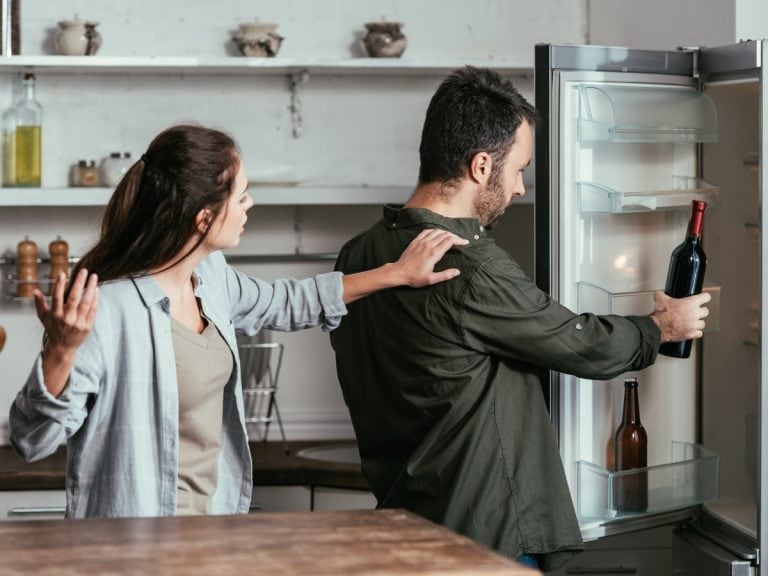
 What changes for the export of Italian wines to China under the new regulations?
What changes for the export of Italian wines to China under the new regulations? “Forget dealcoholised wines. The future is Komb(w)ine.” Moser and Ravizza present a new grape must-based product
“Forget dealcoholised wines. The future is Komb(w)ine.” Moser and Ravizza present a new grape must-based product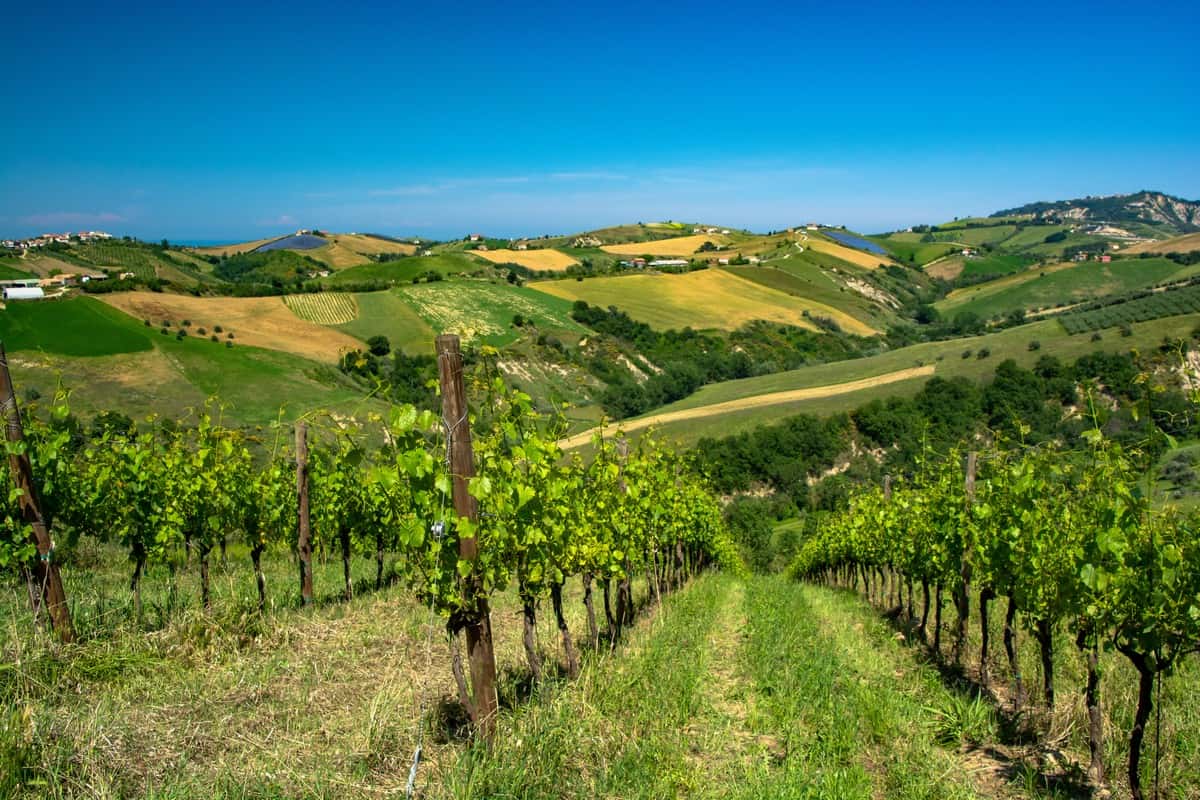 Global wine consumption at a historic low and vineyards in decline. The OIV report outlines a 2024 to forget
Global wine consumption at a historic low and vineyards in decline. The OIV report outlines a 2024 to forget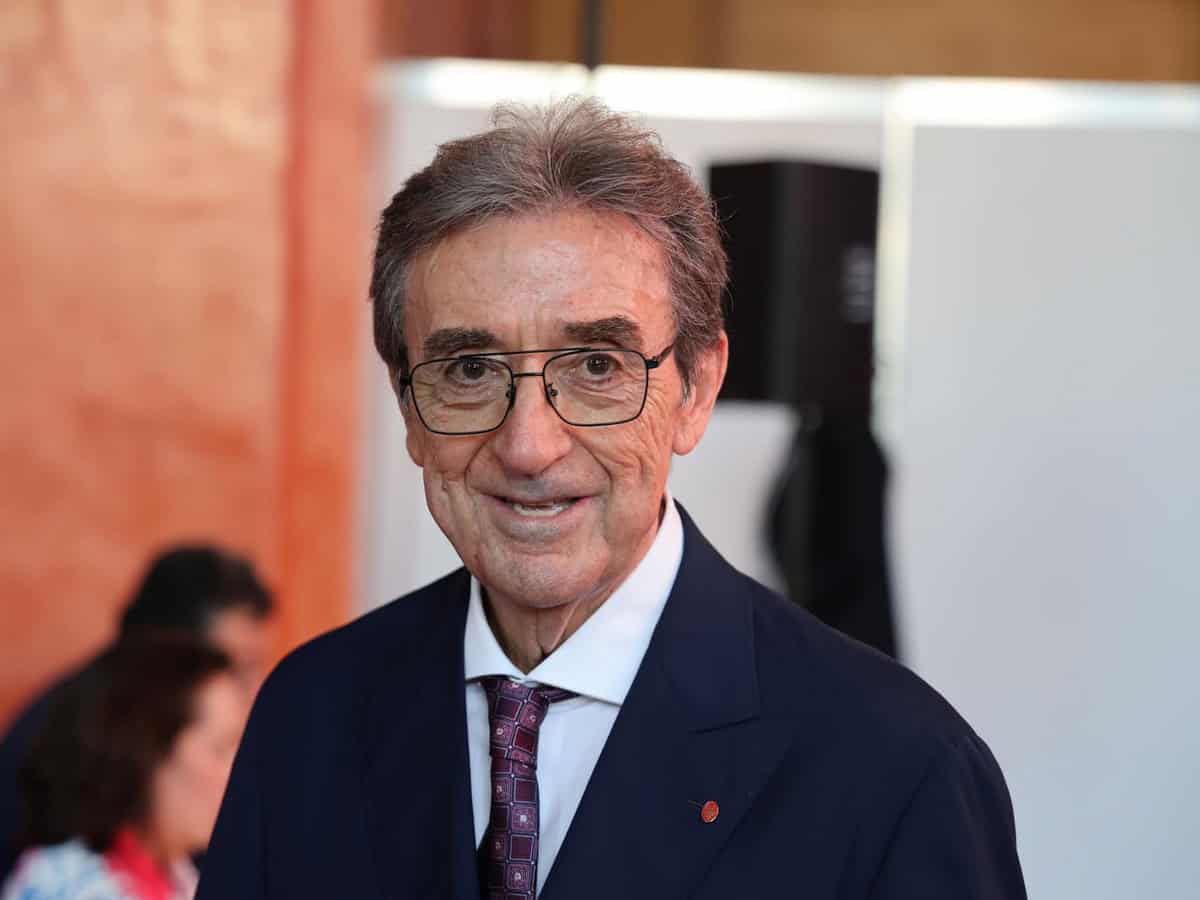 Oenologist Riccardo Cotarella will also produce dealcoholised wine: "My first bottle will be out in October and it won’t be bad"
Oenologist Riccardo Cotarella will also produce dealcoholised wine: "My first bottle will be out in October and it won’t be bad"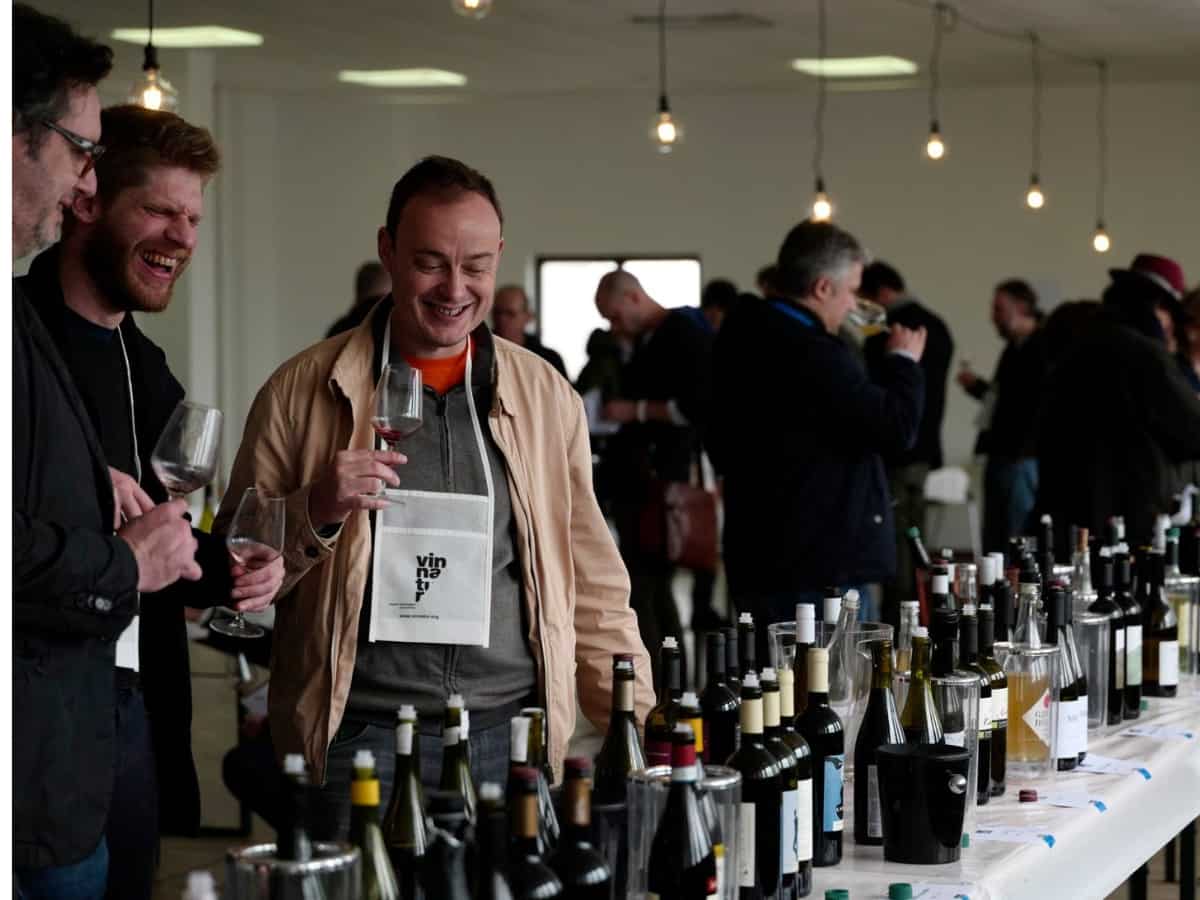 Dear natural wine world, enough with the constant polemics. If you don’t want to self-ghettoise, self-criticism is needed
Dear natural wine world, enough with the constant polemics. If you don’t want to self-ghettoise, self-criticism is needed



